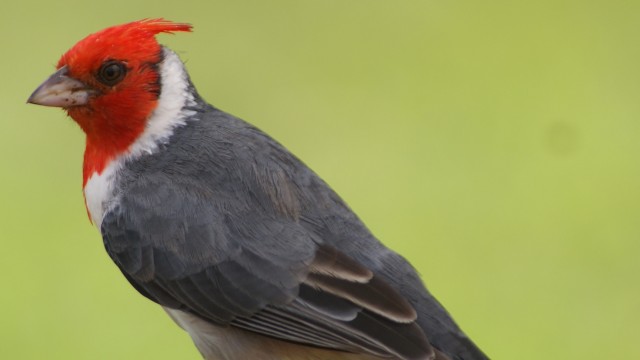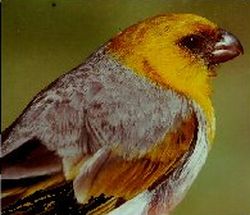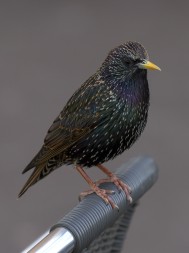
"The state of our birds is a measurable indicator of how well we are doing as stewards of our environment, and the signal is clear. Greater bird conservation efforts are needed to realize the vision of a nation sustained economically, biologically and spiritually by abundant natural resources and spectacular wildlife in perpetuity." State of the Birds, 2011, USA
I’ve just returned from a trip to Maui where I enjoyed the tropical climate, warm ocean and amazing wildlife from humpback whales to sea turtles to Pacific golden plovers. The whales and plovers perform similar migratory paths, moving from their wintering grounds in the areas around Hawaii northward each summer to Alaska and the Arctic Circle.
What I found troubling, though, were the throngs of birds that swarmed the urban areas. They were exotic and beautiful, but almost to a species, they were all non-native and considered invasive. The native bird species of each Hawaiian island hover on the brink of extinction. They’re having a hard time adapting to the many environmental pressures introduced plant species, which are changing their native habitat. There’s also competition from the introduced animal species as well as predation from them, both on the adult birds as well as their young. Ants and rats are particular problems for nesting young.

The Hawaiian Islands stand as examples and cautionary tales for our care of the mainland native bird species and their habitats. In our global economy, we are doing a good job of not only transporting goods around the world, but unintentionally transporting problematic species, too. There have been intentional introductions as well. Starlings and house sparrows arrived here with someone’s capricious intention of bringing the birds of Shakespeare to New York’s Central Park. By the 1950's, they’d spread from coast to coast with repercussions for native birds throughout.
Even though invasive species may seem like too great a problem for individuals to tackle, there are steps we can take to make a difference. You can join a crew of volunteers to pull invasive plants in the regional parks. You can also log your sightings of invasive species on the National Institute of Invasive Species Science website by following instructions on their Citizen Science initiative. I noticed that there weren’t any sightings listed for the San Francisco Bay Area. List in the comments below if you have suggestions for how folks can get involved or if you’ve noticed other invasive plants or animals that are problems in our area. Here’s a list of websites with information regarding invasive species in our area.
